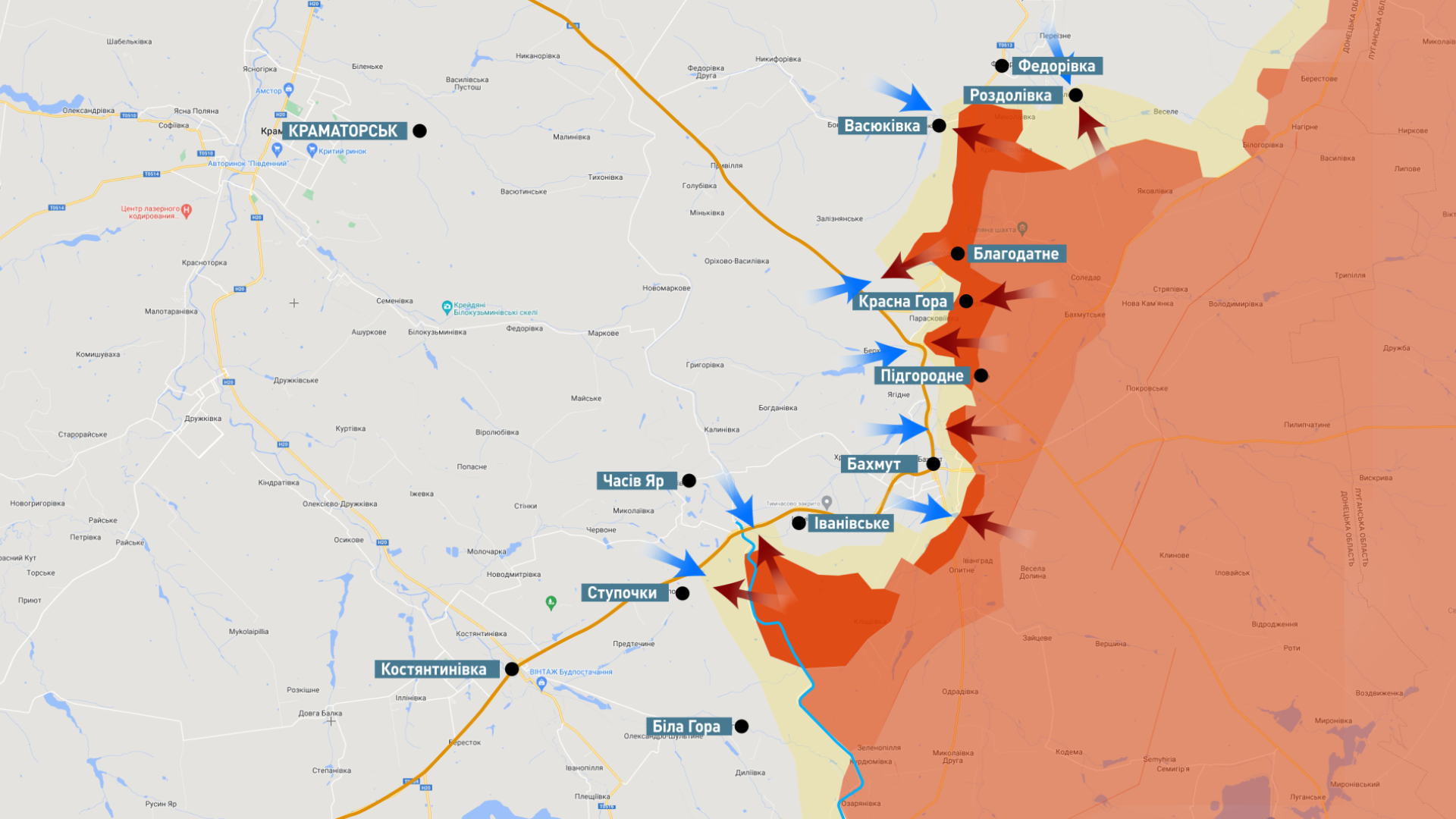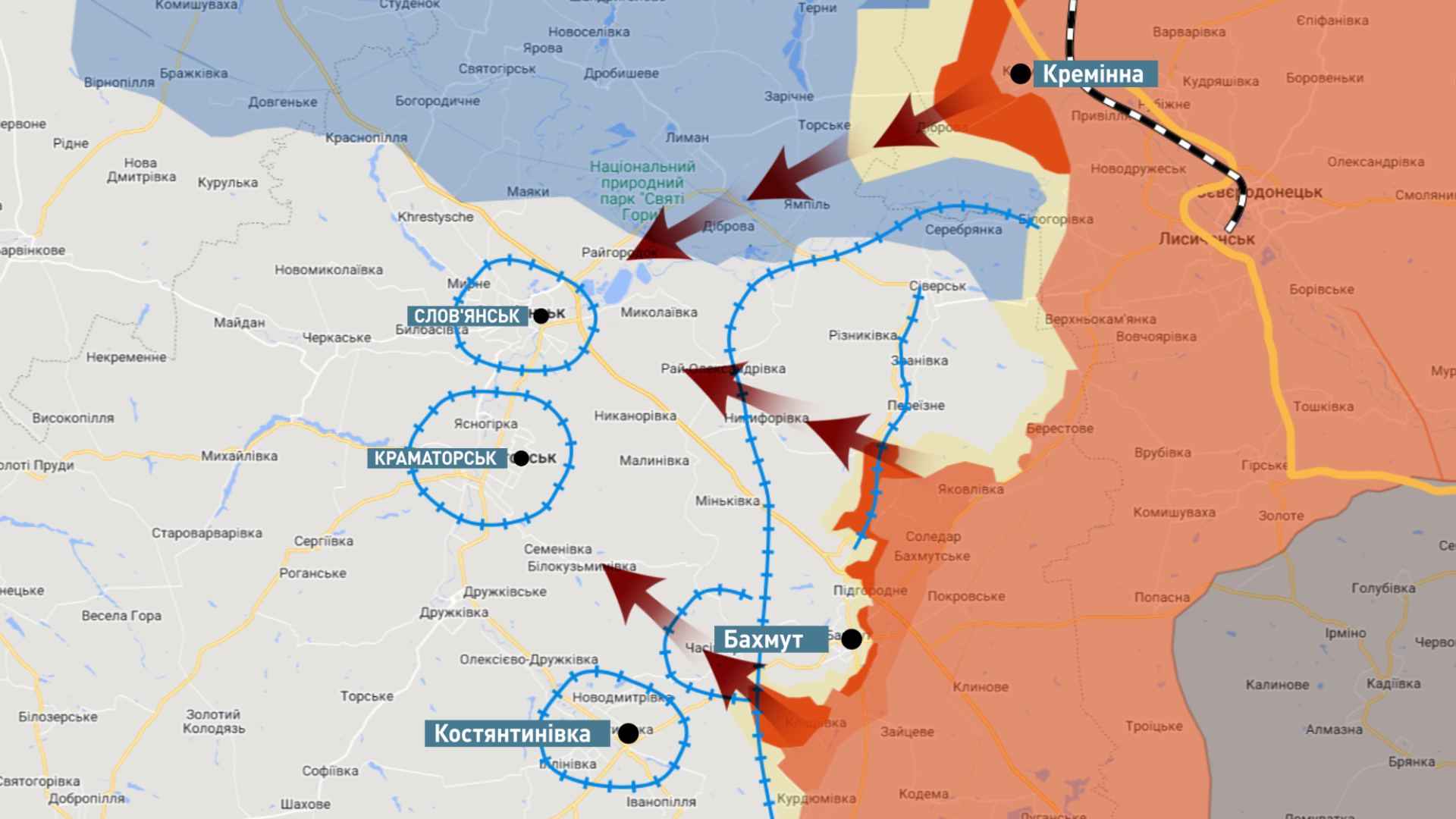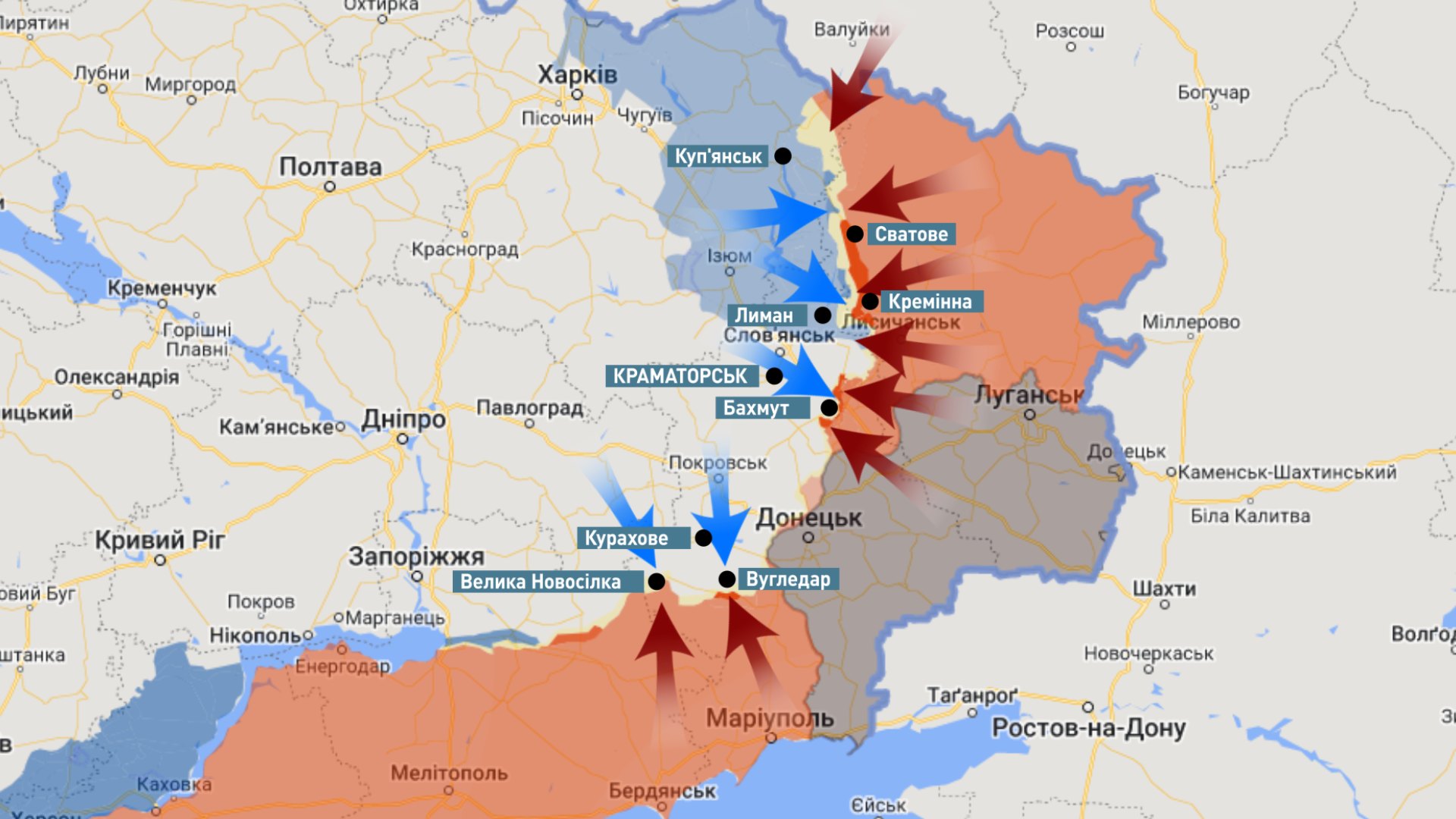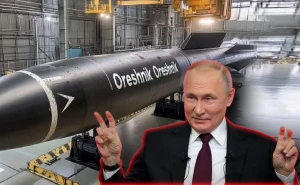
Theory of Russian offensive. Russia's act of aggression against NATO: military results of this week
Russian troops can conduct offensives in five directions, which today form the most critical areas of the front. Their pace shows that it will last for years
Russia has committed an act of aggression against NATO
The Russian army hoped that missile strikes on critical infrastructure would affect the resilience of the population, that we would start complaining and putting pressure on the authorities to start negotiations with the aggressor. On the contrary, the strikes have become an additional factor in uniting both the population and the military. This direction of Russian efforts was a mistake – we are only getting stronger.
Once again, air defense has demonstrated its effectiveness. The enemy tried to coordinate its attacks with the offensives it was trying to launch in some parts of the frontline. One of the missiles flew into Romania, as stated by Zaluzhnyi. But Romania is not ready to counter Russian missiles and said that nothing has come to it. The missile crossed the airspace of a NATO country and this is an act of aggression. This should have provoked a response from NATO countries. They continue to adhere to the strategy that it is Ukraine that must fight the aggressor and win, protecting the Alliance as well.
Bakhmut fortress: the task of destroying the enemy continues
The main outcome is that Bakhmut is standing despite the enemy's attempts to cut supply routes from Kostiantynivka and Sloviansk. The Russian advance is much slower than they expected. The enemy tried to reach Krasna Hora, but failed and is now trying to expand the offensive. This affects the effectiveness of their attacks – we can cover them with artillery in all areas. Even the frontal attacks on Bakhmut have somewhat stopped, although in the east of the city the Russian forces have advanced to the city's buildings. We expect fighting in the city, but our defenders are ready for it. Even if we cross the Bakhmutka River in the city, it will only simplify defense measures.

Regarding the attempt to reach the road between Kostyantynivka and Bakhmut. The most dangerous situation here is around Ivanivske, almost on the highway. If there are any accesses to the highway, they are localized and then the Russian forces are driven out. Currently, the main supply to Bakhmut is not coming through these roads. The main road is outside the town of Chasiv Yar. Despite the tense situation in all areas around the city, we cannot talk about a retreat in the near future. As I understand it, the leadership continues to follow the strategy of inflicting maximum losses on the enemy. The Bakhmut fortress is fulfilling this mission. We have rotated units around and in the city. Reserves have been brought up. The task of the Supreme Commander-in-Chief, which is to hold Bakhmut, continues to be fulfilled.
What will the Russian offensive look like: a plan for years
When we talk about a massive offensive that everyone expects to happen overnight, it will not happen. We are talking about a creeping offensive in all five directions that today form the most critical areas of the front. Kupiansk, the Lyman direction, Avdiivka, Vuhledar and Bakhmut. In these areas, the enemy is trying to push through and despite the losses, this strategy is not changing. I think there will be dynamics here.

A significant number of Russian troops is concentrated in the Svatove-Kreminna area. There are positional battles there without any movement in any direction. When the enemy launches an offensive on Bakhmut, it tries to ensure coverage of Siversk, then surround it with attacks from both flanks, and then, if possible, develop a wider offensive. Trying to reach Sloviansk and Kramatorsk from the Kreminna area and use the offensive opportunities from Bakhmut and Vuhledar. But this is a theory, because behind every line there are enemy losses. It is hardly possible to push through our defense lines. This may be a plan, but de facto, looking at the pace in Bakhmut, it can take years to accomplish.
The enemy's main efforts in the near future will be concentrated on reaching the borders of Luhansk and Donetsk regions. They need to secure control of Bakhmut, then somehow reach Sloviansk and Kramatorsk and try to push our troops back. They also need to try to push our troops in the Svatove-Kreminna area so that we cross the Zherebets River. In the area of Kreminna, the Russian forces control Dibrova and are trying to put pressure so that the units cross the river. There are important fighting operations for both sides - the enemy is trying to push through, and we are trying to inflict maximum losses on the enemy. This area is difficult.

The attacks on Vuhledar have several goals. On the one hand, they are trying to push through our defenses and ensure the movement to Kurakhove and Pokrovske. What's happening near Vuhledar shows the effectiveness of our defense system when there are open areas of the front. In these conditions, the Russian Federation suffers enormous losses - 30 armored vehicles: 12 tanks, 18 IFVs. The enemy is constantly sending in forces and trying to push our defense in the Vuhledar area or try to surround it and reach Kurakhove. These are clear plans that are crushed by reality - our defense.
Zelenskyy's tour will cross the aviation Rubicon
Zelenskyy's trip is really symbolic because we need to get the jets. All countries have expressed their willingness to supply these aircraft, but a little later. Although Zelenskyy said that the issue was resolved, everything is behind the scenes. We also need aircraft to conduct offensive operations and protect our skies from missile attacks. It is the behind-the-scenes effect that will be essential to speed up both the selection of aircraft and their delivery. Although no country has publicly announced deliveries, the tone has changed. And how the tank Rubicon was crossed. This trip contributed to the fact that the aviation Rubicon will also be overcome. Although the same British Defence Secretary, Ben Wallace, said that there is a question of providing Ukraine with long-range weapons and drones so that the Armed Forces can use these weapons as soon as possible. This component is also equally important for our army to be strengthened.
A new German tank that may be used by the Armed Forces of Ukraine
Rheinmetall's proposal for Panther tanks is interesting. The company's management has stated that it is negotiating with Ukraine to supply tanks. So far, there is one sample that has been shown at exhibitions. But they say that they are ready to make a series within 10 months and deploy the plant either in Ukraine or in another country. We can get samples of this weapon, which looks quite modern. This is a continuation of the Leopard line that we will receive. This tank has a 130-mm cannon, which is 50% more effective than the current Leopard. The chassis is the same, but there is a new automated turret with solutions related to artificial intelligence and the use of attack drones that are included.
- News













































